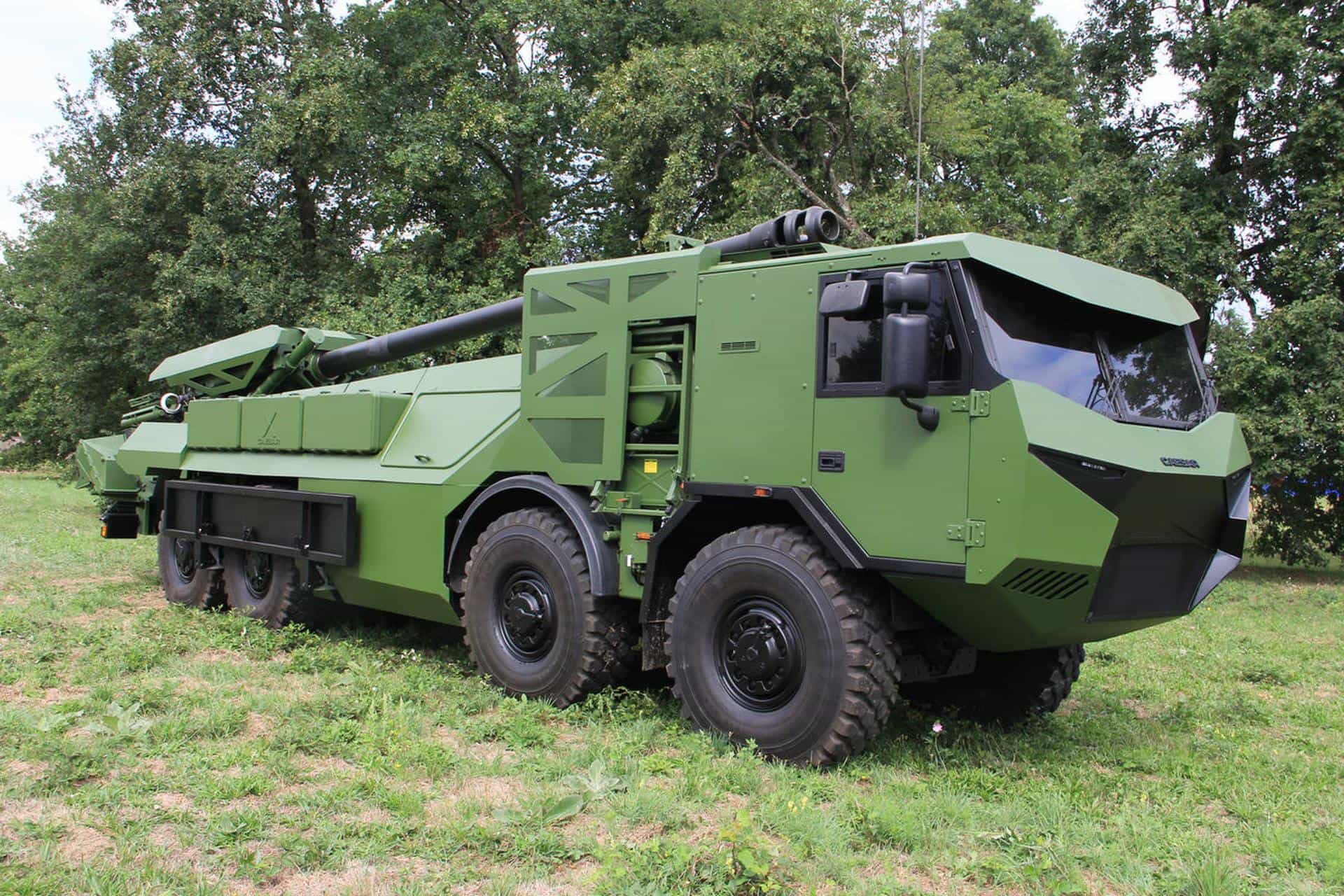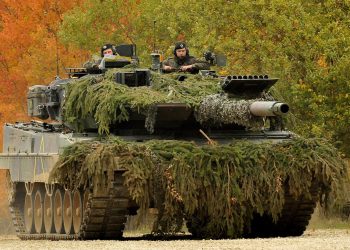US Government, Toward the end of the Cold War, the Army’s helicopter, or rotary-wing, fleet consisted of nearly 9,000 aircraft. Over the past 20 years, however, the fleet has contracted to its current strength of about 3,500 aircraft. Despite the elimination of many older helicopters and the modernization or replacement of others, most of the helicopters in today’s fleet already exceed or soon will reach ages greater than the Army considers practical.
The Army has embarked on a modernization plan that, by 2030, would address the aging of the fleet and introduce new capabilities by replacing or significantly upgrading nearly every helicopter in the fleet.
By the estimate of the Congressional Budget Office (CBO), the effort would cost $3.3 billion per year, on average, from 2007 through 2030, significantly more than the $2.2 billion annual average the Army spent between 1986 and 2005. (If the Army had not canceled its Comanche attack/reconnaissance helicopter program in 2004, the cost of its modernization plan could have come to nearly $4 billion per year.)
The proposed higher spending comes at the same time the Army expects to invest heavily in the new Future Combat Systems (FCS) family of equipment, and it is likely to present substantial budget challenges for Army planners.
This CBO study examines the Army’s plan to modernize its helicopter fleet and compares that plan with four alternatives that would either hold aviation spending to more nearly match historical averages or shift the emphasis toward procuring a fleet that is more consistent with plans for the FCS. CBO’s analysis points to several general conclusions:
– Short of significantly cutting the aviation force structure or accepting further aging of the fleet, there is only a limited opportunity to reduce spending on the Army’s helicopter modernization over the next 5 to 10 years.
– Under the Army’s current plan, the years of highest spending occur after 2020. When combined with the simultaneous full-rate production of FCS equipment, that spending could be difficult to sustain if budgets are constrained.
– Alternatives that would reduce average spending on the Army’s aviation force over the long term but still maintain current and near-term capabilities would come at the cost of sacrificing many of the expanded capabilities anticipated in the Army’s long-term plans.
SUMMARY
CBO considered four alternative approaches to modernizing the Army’s rotary-wing aviation fleet. Although procurement quantities vary from one alternative to the next, each would maintain the total size of the Army’s helicopter fleet through 2025 at or above current levels. Not all of the expanded capabilities anticipated in the Army’s plan would be realized, however.
Alternative 1, with an average annual cost of $2.6 billion, would spread cuts across most of the Army’s planned programs (see Summary Table 1). It would cut procurement quantities of the UH-72A, ARH, and JHL, and it would replace development of the JMR with a service life extension program (SLEP) for the Longbow Apache attack helicopter.
With an average cost of $2.1 billion per year, Alternative 2 is the least expensive of the four. It would curtail improvements in transport capability, specifically by canceling plans for the JHL, and instead pursue a SLEP for the Chinook helicopter. The ability to transport FCS vehicles by rotorcraft would be lost under this alternative.
With an average annual cost of $2.8 billion, Alternative 3 would focus cuts on the attack/reconnaissance helicopter programs. The AB3 and JMR programs would be eliminated, and no SLEP would be pursued for the Longbow Apache. Attack capabilities under this alternative would decline sharply as the Longbow Apache aircraft began retiring around 2025.
Alternative 4 differs from the others in that it does not focus on cost reduction. Instead, it would accelerate development of the JHL (to better match the planned schedule for fielding the Army’s FCS brigades) at average spending that is similar to that of the Army’s modernization plan. To offset some of the increase in spending on the JHL, Alternative 4 would eliminate the AB3 program and pursue a Longbow Apache SLEP in lieu of the JMR program.
CONCLUSIONS
Short of significantly cutting the aviation force structure or accepting further aging of the fleet, there is limited potential to reduce spending on the Army’s helicopter modernization over the next 5 to 10 years. From 2007 through 2014, a span roughly concurrent with the Department of Defense’s Future Years Defense Program, Alternatives 1, 3, and 4 would reduce costs by about 10 percent. Alternative 2 would offer no near-term savings.
The potential for realizing savings while maintaining forces is limited because the Army’s plan pursues relatively low-cost approaches for its continuing and near-term efforts: Two helicopters are being upgraded (the UH-60 and CH-47) and the new helicopters are military derivatives of existing commercial designs. In the absence of unforeseen complications, those approaches tend to be less expensive than developing and building newly designed aircraft.
Full Report is available here in PDF format









